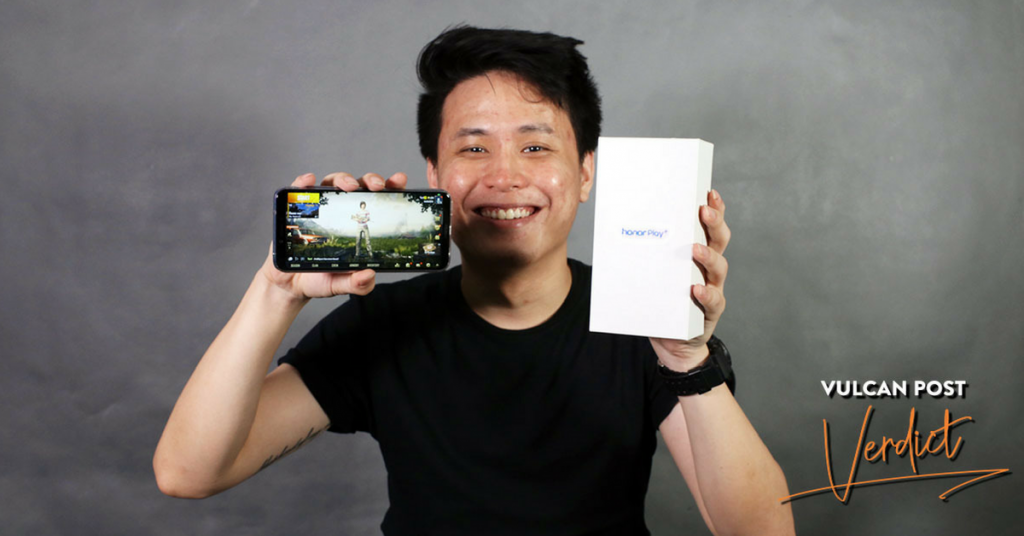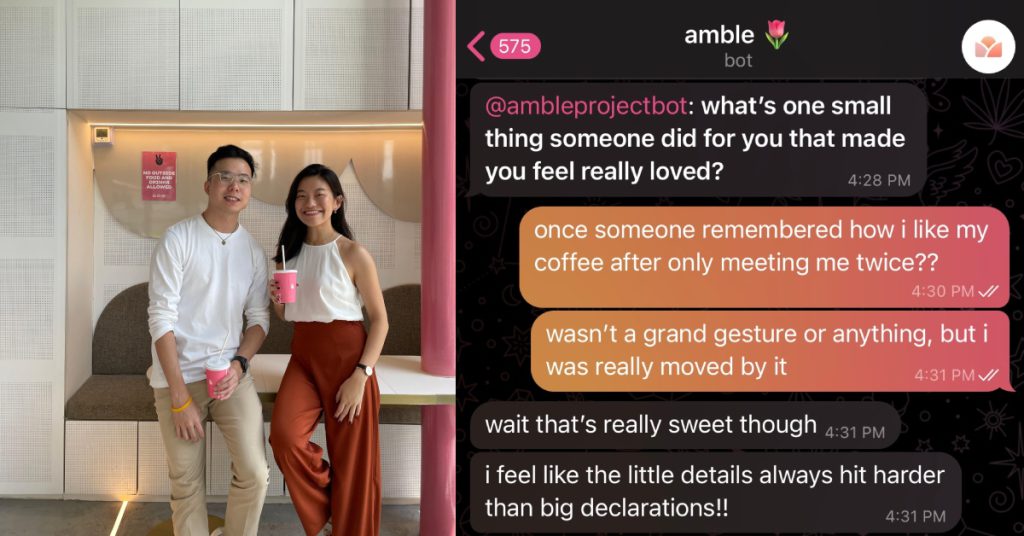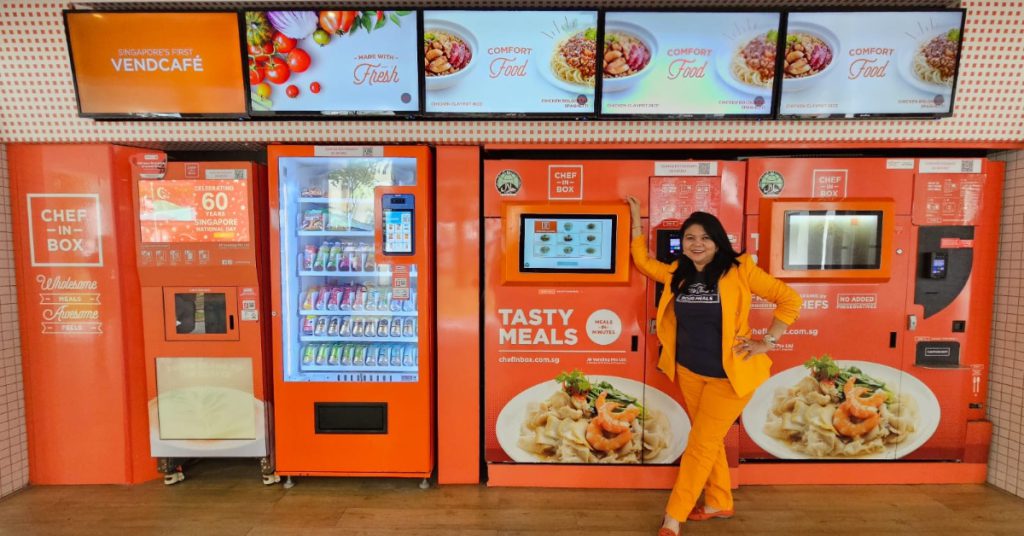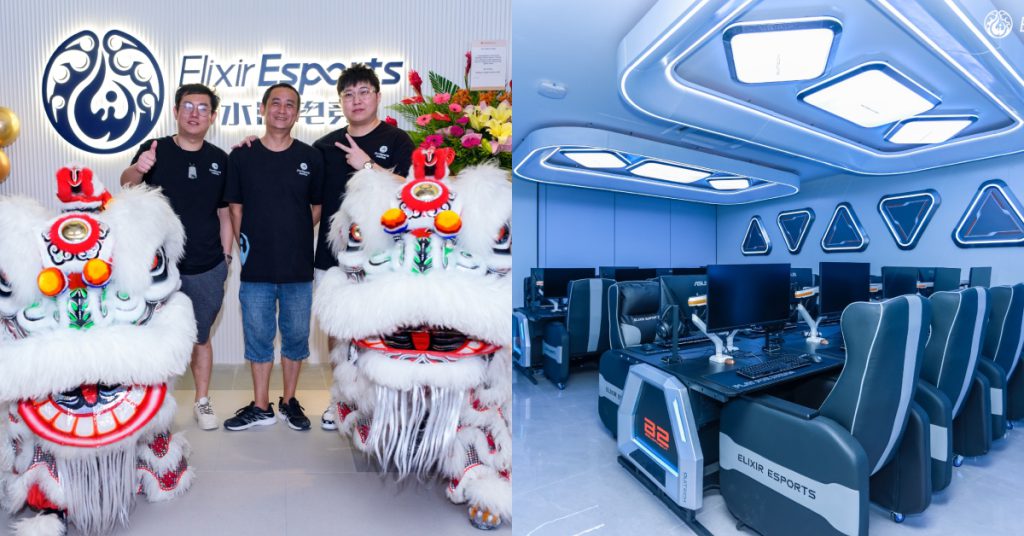- Honor released its latest offering, the Honor Play on August 7 2018, with the spotlight on the phone’s raw power.
- At RM 1,249, the Honor Play is priced competitively against other mid-ranged smartphones, but with an impressive spec list.
As recently as in July, news filtered through that Huawei had overtaken Apple as the second largest smartphone vendor in the market for the 2nd quarter of 2018.
With prices of most flagships continuing to rise higher and higher, the Honor Play, released by Huawei’s sub-brand, is a midrange segment phone with heavy emphasis upon gaming—as is clearly seen by its name.
In line with this direction is the top-of-the-line Kirin 970 chipset that the Play comes with, along with either 4 or 6GBs of ram. The set I got was the 4GB variant; currently pre-orders for the phone on Honor’s official website are only available for this variant.
Hardware Specs
| Display | 6.3-inch IPS LCD display, 1080 x 2340 px, 19.5:9 ratio |
| Dimensions | 157.9 x 74.3 x 7.5 mm (6.22 x 2.93 x 0.30 in) |
| Camera | Rear: 16, f/2.2, PDAF 2 MP, f/2.4, depth sensorFront: 16 MP, f/2 |
| Processor | Hisilicon Kirin 970 |
| Memory | 4/6 GB (At time of writing, only 4 GB available in M’sia) |
| Storage | 64 GB, expandable MicroSD storage up to 256 GB |
| Battery | 3750 mAh |
Under The Hood
Okay let’s just get right to the main selling point here—the Honor Play comes with the Kirin 970, an identical chipset that Huawei’s flagship offering, the P20 Pro, also uses. Honor claims that with GPU turbo, the phone’s performance is optimised to provide a better experience while gaming. Watch this space, as currently the only games supported under this feature are PUBG and Mobile Legends.
Since I had more than a week to test out the Honor Play, I decided to swap over my accounts and SIM cards and use it as my main device for the week. Suffice to say, I was impressed with Honor’s attempt to fit in as much bang as they could for a very reasonable buck, I’d say.
Retailing at RM1,249, the phone sits squarely in the middle of the smartphone market today, with most flagships and gaming phones packing this sort of power costing upwards of RM3,000 these days.
Design
Stepping away from Huawei’s usual glossy-backed design, the Honor Play sports an aluminium unibody with a matte finish, resulting in a solid feel to it. The phone, measuring at 157.9 x 74.3 x 7.5 mm, is a nice size to hold, even with one hand.

With a 6.3 inch display, it felt like there was a good weight and feel to it. Simply put, it sits nicely in your hand.
However, after a long session of PUBG where the phone was held in landscape mode, I did notice my fingers starting to ache due to the less-than-ergonomic design. Not something I would normally complain about, but with Honor going for a “gaming” phone, worth mentioning.
User Experience
As my daily driver, I put the phone through rigorous gaming sessions (mostly PUBG—played on the highest settings without a hitch, although the phone admittedly did warm up in my palm), along with other less-power consuming activities.
Taking a combination of Waze-ing my way to and from the office, using the phone to blare music over the car’s Bluetooth system and endless scrolling through social media and news feeds, the phone still retained a healthy percentage of its battery at the end of the day.
Roughly speaking, you can expect the 3750 mAh battery to last for a day and a half with normal usage, while a quick 30-minute session of PUBG drained only 30% of the battery. Definitely sufficient for a day’s usage.
When running low, I timed how quickly the phone could be charged from 0-100 using the bundled Huawei Fast Charge adaptor; the phone reached 30% in under 20 minutes, 50% in 40 minutes and a full 100 % in 1 hour and 45 minutes.
It’s as expected with the large battery, although the phone does not support wireless charging as of yet. This was a slight disappointment for me, albeit an understandable sacrifice in the name of keeping the price low.
Display + Camera
The 6.3” HD+ IPS display works well playing videos and the colours displayed are vivid. That said, I was a tad disappointed with the visibility of the screen under bright sunlight. At this price point, it was never going to be able to compare to an AMOLED display that many flagships come with these days, but then again, most of those cost at least 3 times the Honor Play would.

As with all devices powered by the Kirin 970, the Honor Play comes with AI features including real-time scene detection, due to the fact that there is a dedicated NPU installed (something still currently missing from the Qualcomm Snapdragon SoCs).
The rear dual camera setup produces reasonably vibrant photos, with the AI mode (so far) adept at recognising the scene it’s taking and adjusting the settings accordingly. I found the photos that had AI enabled on them to be vivid, with strong colours accentuated by the AI mode.
That said, photography purists may find that the colours appear to be overly saturated for their taste. Photos taken in low-light were decent, if a tad grainy—AI mode did try to adjust the settings accordingly, but the photos that were taken were average.

The portrait mode you can select is available for both rear-facing and front-facing cameras, and the “bokeh” effect is easily adjustable even after the photo has already been taken.
As you can tell from the photos, the Honor Play’s photo capabilities is nothing to scoff at, but is clearly not one of the main selling points of the phone.
Sufficiently good enough for social media use, the Honor Play’s camera is not particularly impressive in today’s market, especially considering the similarly-priced Huawei Nova 3i’s quadruple camera set-up. That’s simply not the focus of the Honor Play, with almost all the emphasis placed upon raw performance.
Verdict
At this price point, you’d be hard-pressed to find a phone that performs better than the Honor Play, especially if you’re looking to use your phone as a gaming device.
That said, the camera does perform more than adequately enough for your average social media user, and my experience with the phone was mostly very snappy due to the Kirin 970’s power.
Using Android 8.1 Oreo, the EMUI 8.1 interface on the Honor Play does have a few nifty features, but also includes some bloatware—games, Honor native apps and more.
As someone who prefers more of a raw Android experience, the EMUI didn’t really slow the phone down perceptively, with the 4GB of RAM sufficient for my daily multitasking. EMUI also comes with an ‘Ultra Power Saving’ mode, where only a few selected apps are available to be used to conserve battery usage.
All in all, the very fact that the Kirin 970 in the phone runs power-hungry games like PUBG flawlessly, even on max settings, at roughly just RM 1,200—coupled with a good enough camera and a good sized screen, is reason enough for many to opt for the Honor Play.
VP Verdict is a series where we personally try and test out products, services, fads, and apps. Want to suggest something else for us to try? Leave a comment here or send the suggestion into our Facebook page.




















